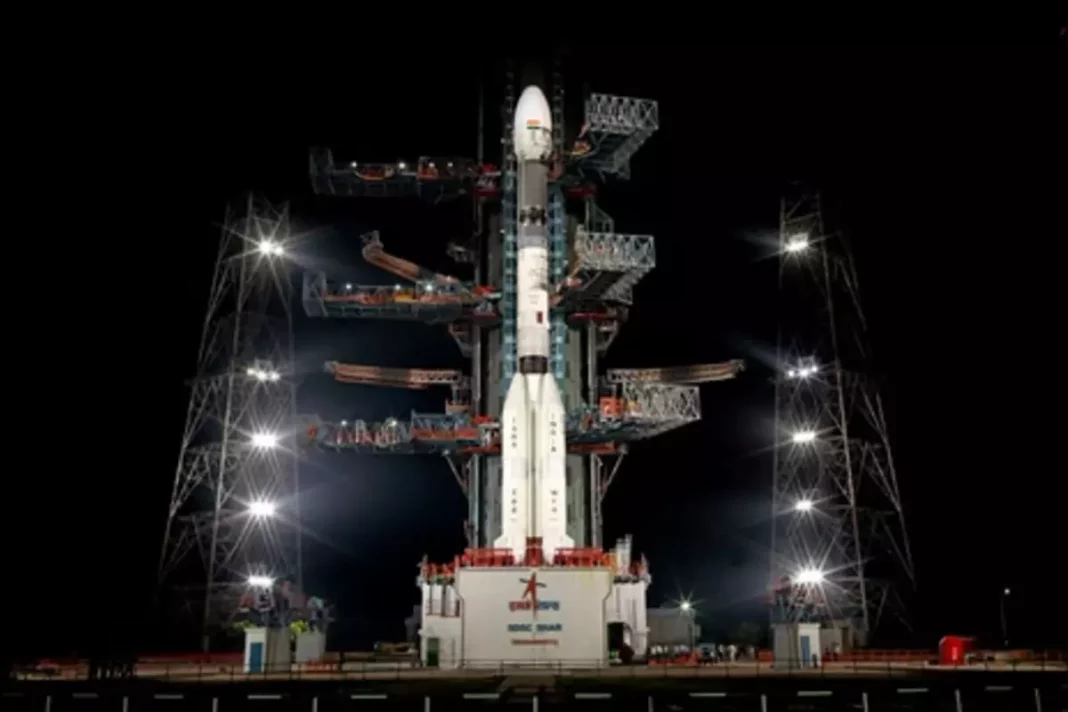ISRO: The Indian Space Research Organization (ISRO) launched a navigation satellite (NVS-01) from Sriharikota in Andhra Pradesh, The launch was conducted on May 29 using an expendable GSLV rocket.
There are two kinds of launch vehicles – PSLV and GSLV. Polar Satellite Launch Vehicles are used to deploy remote sensing satellites (like the ones which predict weather) in low earth orbits. A Geo Stationary Launch Vehicle, on the other hand, deploys heavier payloads and can be used to launch communication satellites in high earth orbits. The navigation satellite was put in the orbit at an altitude of 251 km.
What is the navigation satellite for?
The navigation satellite that ISRO launched will have several applications. This satellite will get real-time data on traffic information, provide map services and will also help the military to position its missiles.
The NVS constellation of satellites will provide other valuable assistance to Indian civil and military authorities. Aerial and maritime agriculture, precision agriculture, marine fisheries and location-based services in mobile devices are some important use cases of India’s navigation satellites.
These communication satellites are interoperable with several other systems like the US’ GPS, Russia’s Glonass, China’s BeiDou and European Union’s Galileo. This means data on any of these GPS systems can be used on the NVS software.
There will be two kinds of information available from the NVS systems- Civilian and Restricted. The restricted data will be available only for India’s military.
India’s space programme
India launched its first satellite-Aryabhatta-in 1975 from Interkosmosin the erstwhile Soviet Union. Five years later, the country developed its own satellite launched vehicle to install satellites in the outer space. Since then, India has put hundreds of civil and military satellites using PSLVs and GSLVs. India also launches commercial satellites of other countries at less than the market cost.
Also read: PM Modi Flags Off Northeast’s Vande Bharat Express, Igniting Connectivity and Tourism Boost
Keep watching our YouTube Channel ‘DNP INDIA’. Also, please subscribe and follow us on FACEBOOK, INSTAGRAM, and TWITTER


